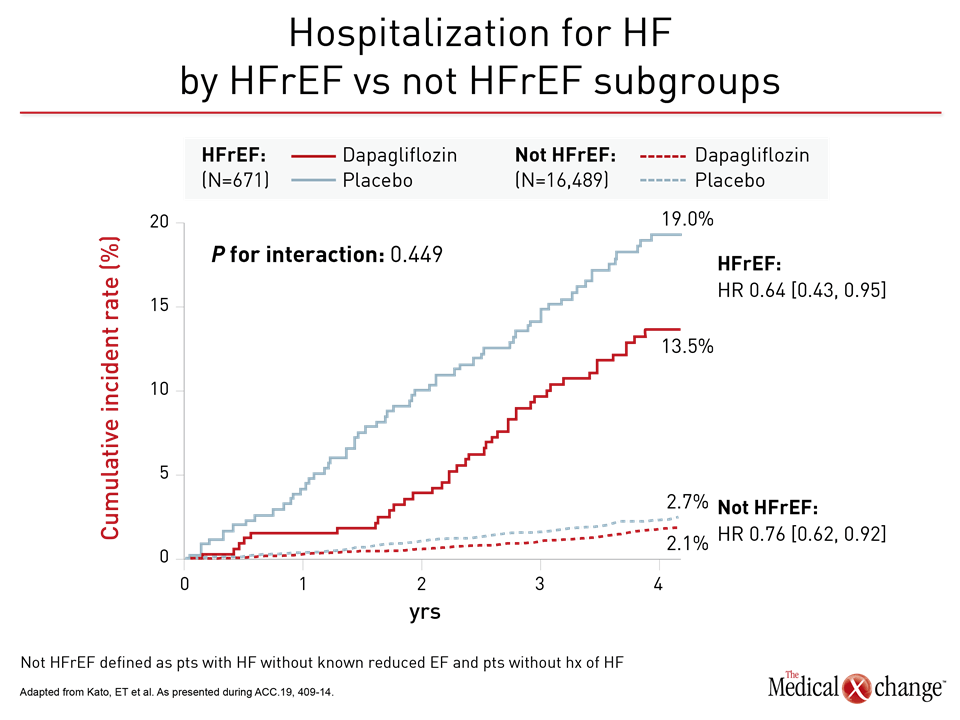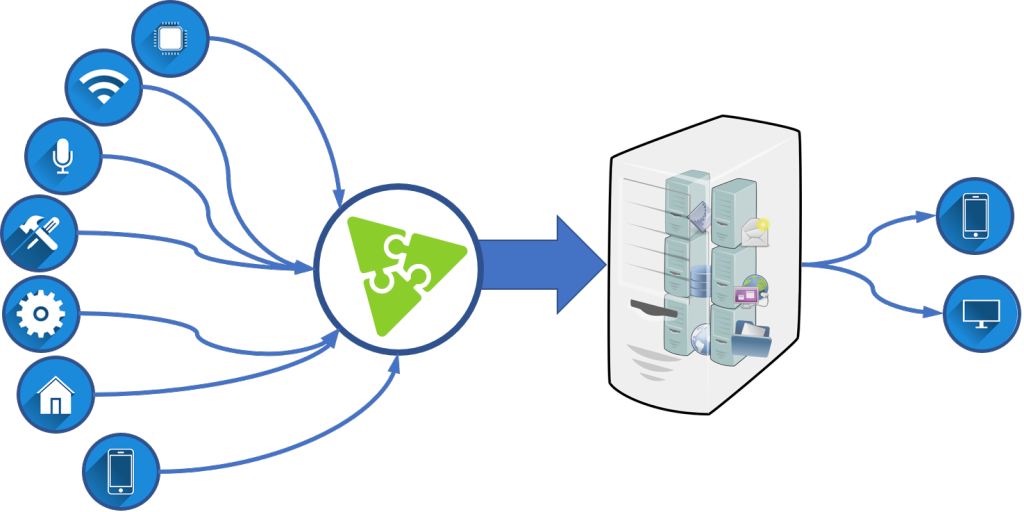
An asterisk indicates hospitalization for HF or an urgent visit. A dagger indicates a composite of cardiovascular death (CD) or hospitalization for heart failure (HHF). A: Six large-scale randomized CVOTs evaluating cardiovascular safety/efficacy of different GLP-1Ras in T2DM patients with established CVD : EXSCEL, LEADER, SUSTAIN-6, ELIXA, Harmony Outcomes, and REWIND. GLP-1Ra CVOTs have also demonstrated inconsistencies regarding the secondary outcome of hospitalization for heart failure (HF), whereby the LEADER and Harmony Outcomes CVOTs reported trends toward reduced hospitalization rates, whereas the SUSTAIN-6 and REWIND CVOTs reported no differences, as reviewed in Gopal et al. Conversely, 3-point MACE results from CVOTs on the longer-acting GLP-1Ras liraglutide (Liraglutide Effect and Action in Diabetes: Evaluation of Cardiovascular Outcome Results ), semaglutide (Trial to Evaluate Cardiovascular and Other Long-Term Outcomes with Semaglutide in Subjects with Type 2 Diabetes ), albiglutide (Harmony Outcomes), and dulaglutide (Researching Cardiovascular Events with a Weekly Incretin in Diabetes ) were quite positive ( Fig. The first completed GLP-1Ra CVOT, the Evaluation of Lixisenatide in Acute Coronary Syndrome (ELIXA), demonstrated that lixisenatide treatment of subjects with T2DM was noninferior to placebo for 3-point MACE, with similar observations reported in the Exenatide Study of Cardiovascular Event Lowering (EXSCEL). Here, we review the results of incretin therapy CVOTs and provide molecular insights into potential mechanisms using smaller clinical studies and translationally relevant studies in animal and cellular models. Most use the 3-point major adverse cardiovascular end point (MACE), comprised of cardiovascular mortality, nonfatal myocardial infarction (MI), and nonfatal stroke. Food and Drug Administration, cardiovascular outcome trials (CVOTs) have been performed to evaluate the cardiovascular safety of these agents. In agreement with the 2008 guidance of the U.S. Since the introduction of these incretin-based therapies to the market, DPP-4is have been widely adopted to manage glucose levels with few side effects, and the use of GLP-1Ras is steadily increasing ( 2). The number of pharmacological tools available to endocrinologists has increased in recent years, with significant advancements in effective glucose-lowering drugs. While glucose-lowering therapies have demonstrated efficacy in reducing microvascular events in patients with T2DM, preventing macrovascular complications has proven more difficult. Furthermore, critical knowledge gaps and areas for further investigation will be emphasized to guide future studies and, ultimately, facilitate improved clinical management of cardiovascular disease in T2DM. This review provides insights through discussion of clinical and preclinical studies to illuminate the physiological mechanisms that may underlie and reconcile observations from GLP-1Ra and DPP-4i CVOTs. Despite both classes acting to potentiate the incretin response, the potential cardioprotective benefits afforded by GLP-1Ras have not been recapitulated in cardiovascular outcome trials (CVOTs) evaluating DPP-4is. GLP-1 receptor agonists (GLP-1Ras) and dipeptidyl peptidase 4 inhibitors (DPP-4is) represent two drug classes used for the treatment of type 2 diabetes mellitus (T2DM) that improve glucose regulation through stimulating the actions of gut-derived incretin hormones or inhibiting their degradation, respectively.

Incretin hormones, including GLP-1 (glucagon-like peptide 1) and GIP (glucose-dependent insulinotropic polypeptide), are gut hormones secreted in response to nutrient intake that maintain glycemic control by regulating insulin and glucagon release. Given the significant association between diabetes and cardiovascular risk, the actions of glucose-lowering therapies within the cardiovascular system must be clearly defined.

As the worldwide prevalence of diabetes and obesity continues to rise, so does the risk of debilitating cardiovascular complications.


 0 kommentar(er)
0 kommentar(er)
